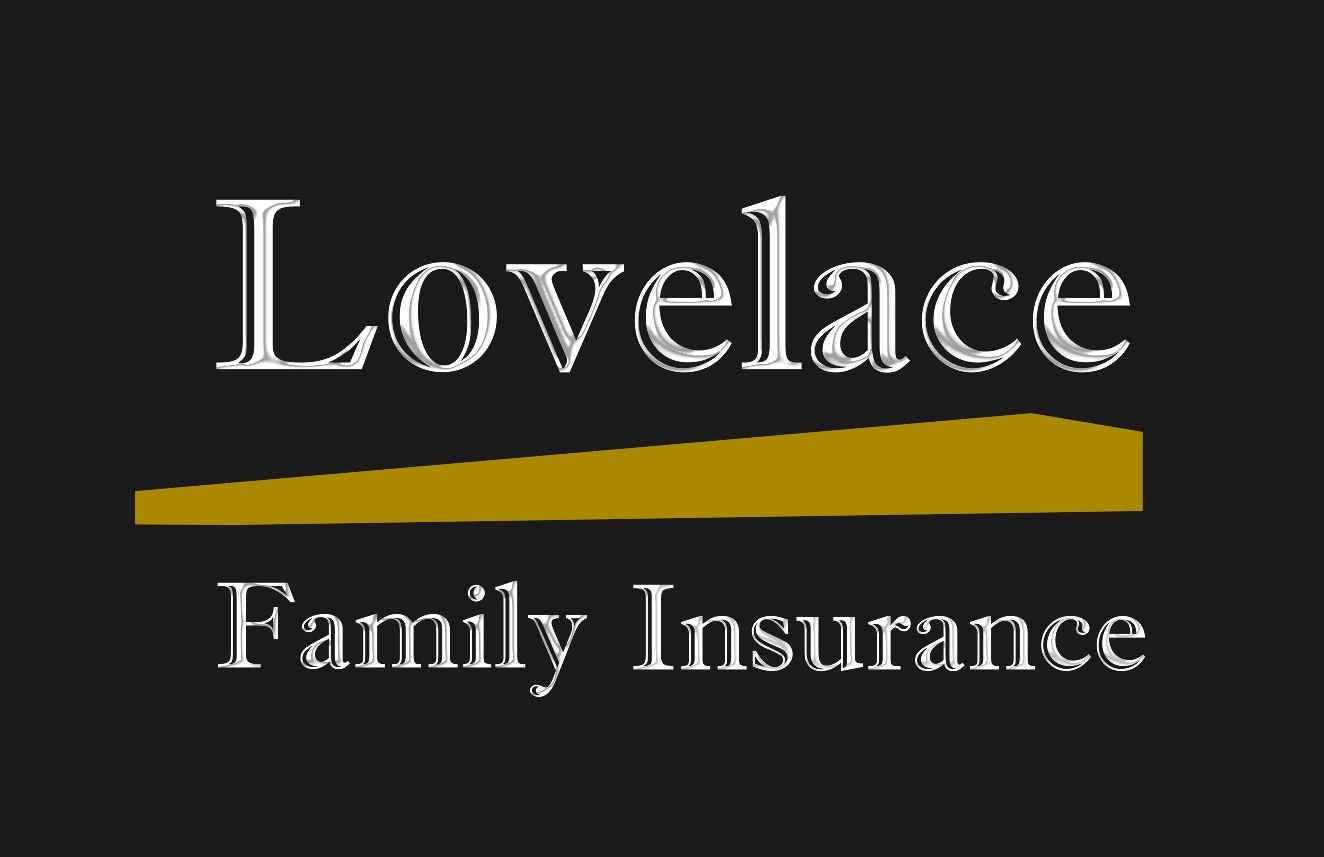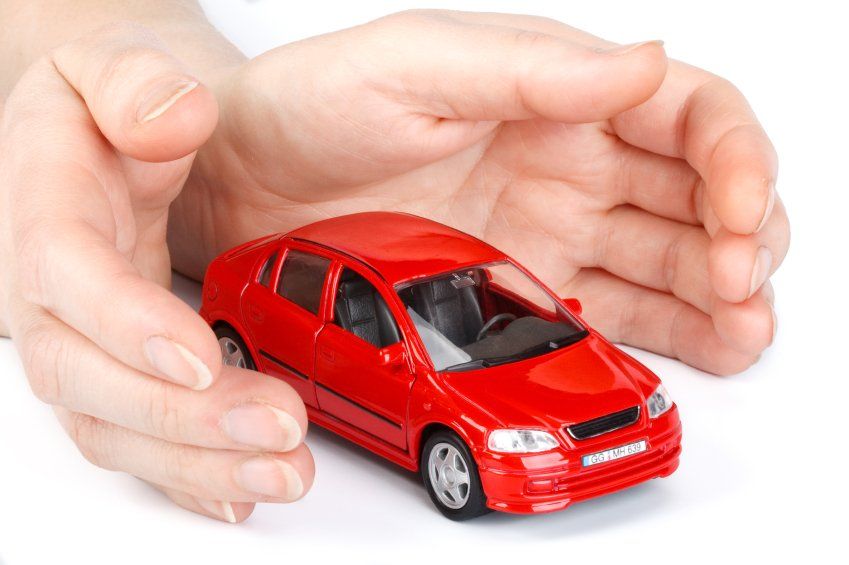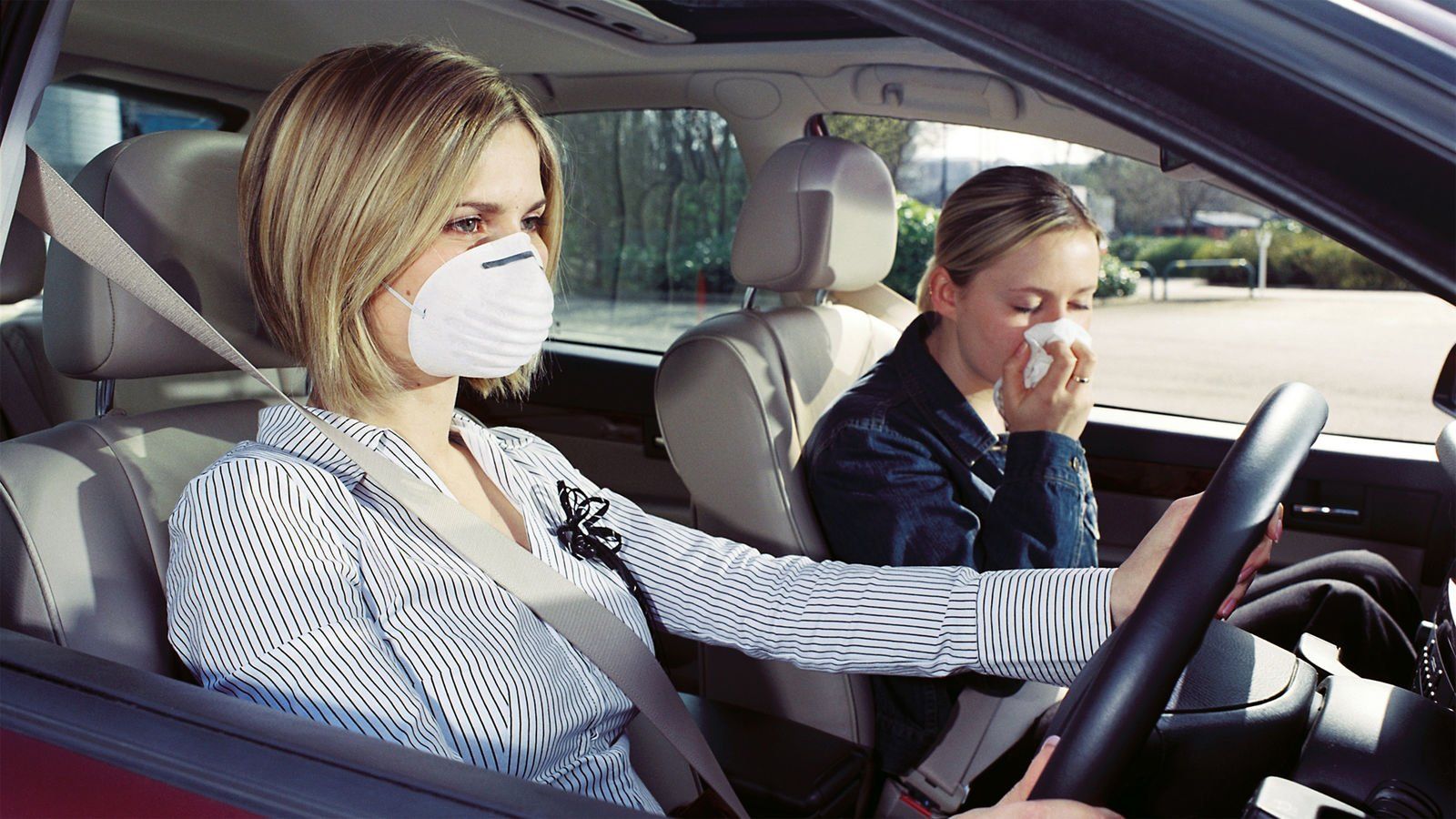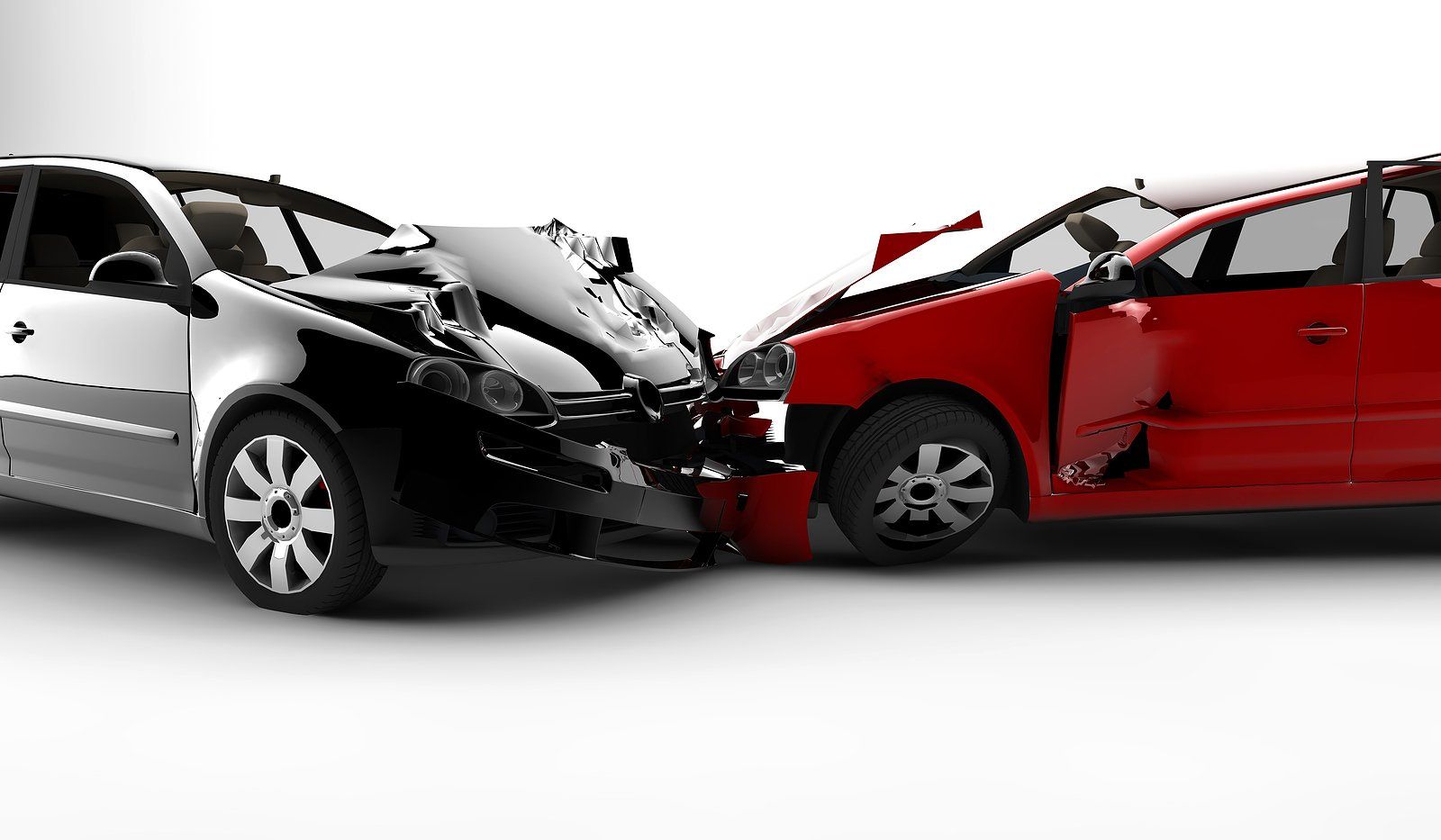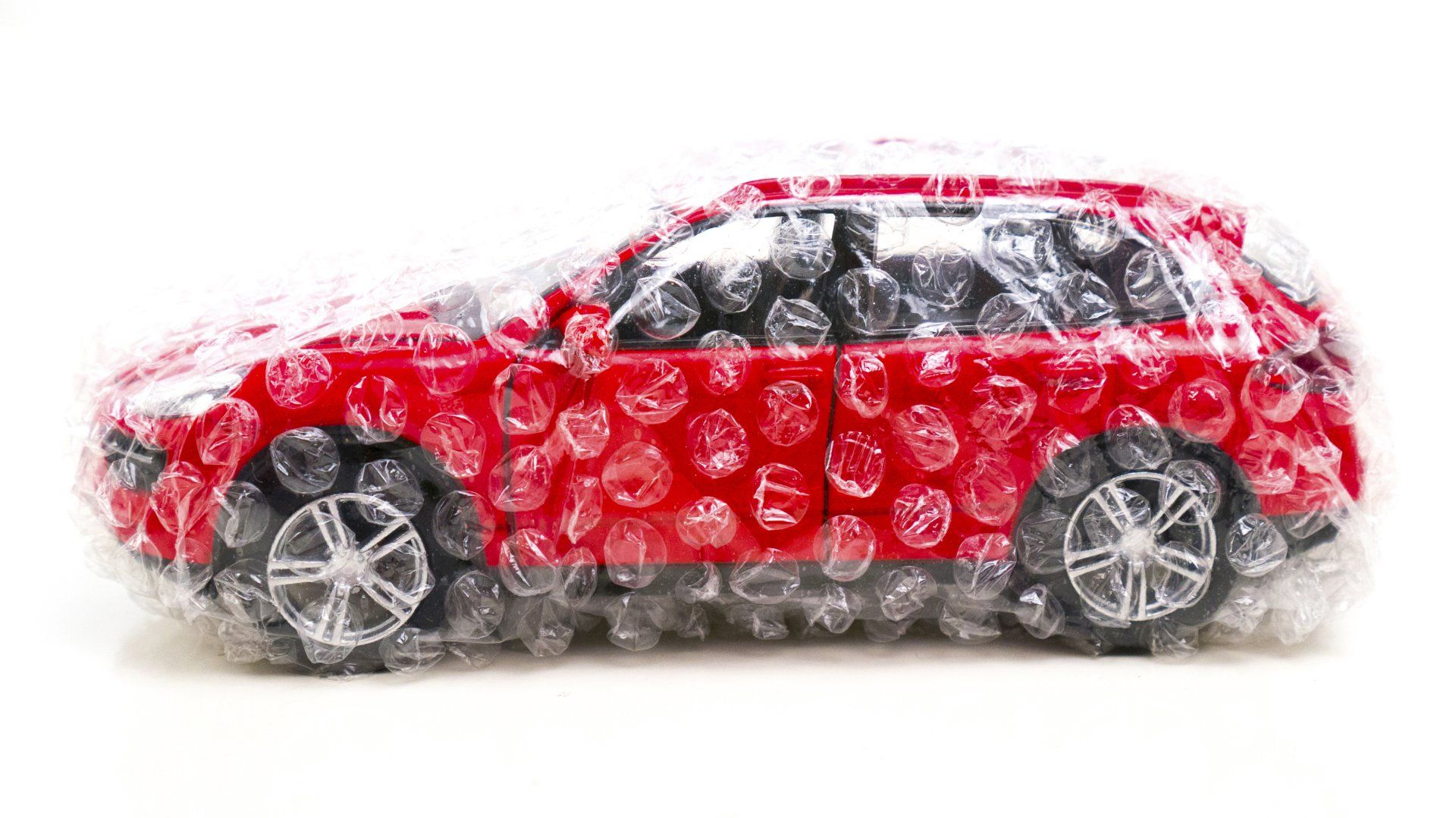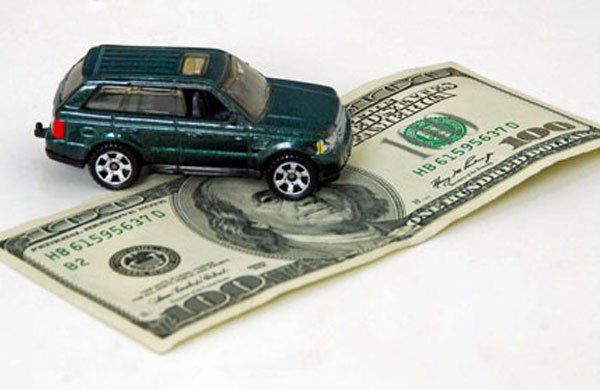23 Homeowners Insurance Questions You Should Ask Your Insurer
Homeowners insurance questions range from pricing to coverage concerns.
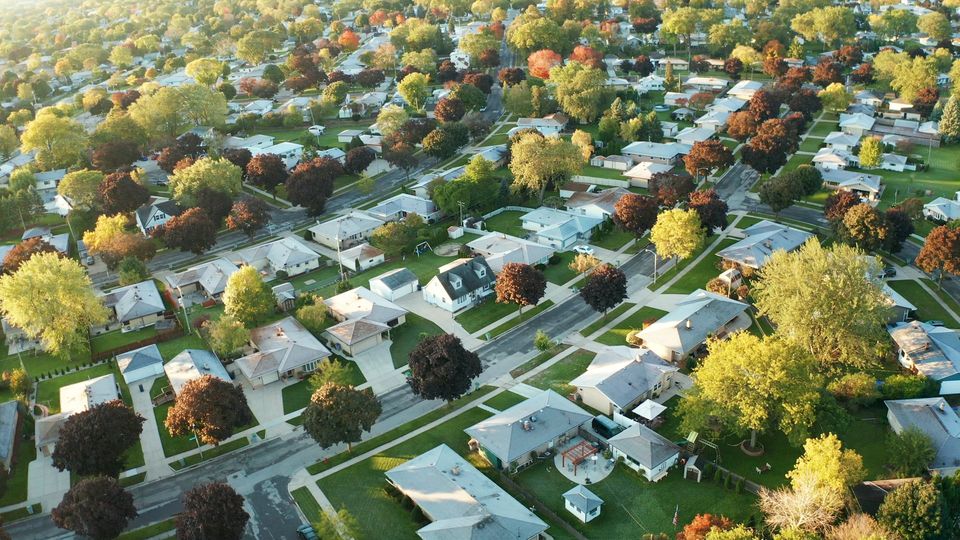
Often, it’s better to focus on the latter. Most policies offer similar protection for your home, but policies can differ on important details.
In the US, HO-3 policies cover your home for nearly all risks. However, your policy may cover your belongings for a smaller list of risks.
For some risks, you may need a rider (an add-on) or a separate policy to protect your home. Here are some of the most common home insurance questions.
Homeowners insurance coverage questions
1. How much does homeowners insurance cost?
Home insurance rates vary based on location. But many other factors can also affect your rates. According to the Insurance Information Institute, the average annual premium for the US exceeds $1,200 per year.
The insured value of your home plays a big role. Location also matters. States with larger weather risks often pay higher rates. For example, Florida, with a higher risk from storms, pays nearly triple the average amount when compared to Oregon.
In 2017, average annual premiums for Florida measured almost $2,000 compared to Oregon’s average bill of under $700.
2. Does homeowners insurance cover water damage from rain?
Coverage for damage from rain depends on how the damage occurred. If a storm damaged your roof or siding, you’re likely covered.
However, if your roof has been leaking for a while, your policy probably won’t cover the damage. In the latter case, insurers define this as a maintenance issue. Damage that could have been prevented with proper maintenance usually isn’t covered.
Another case where your policy may not offer any help is if rain caused a flood. A standard policy doesn’t cover overland floods. You’ll need a separate policy to cover flood damage.
3. Does homeowners insurance cover water damage from leaking plumbing?
Similar to other types of risks, coverage depends on whether the damage was sudden. A burst pipe, for example, is a sudden event. A standard home insurance policy covers damage from an accidental discharge of an appliance.
However, a leaky pipe damages your home over time. Again, insurers see this risk as a maintenance issue. Often, a new washer or repaired seal can fix minor plumbing issues.
Check your home regularly for common risks. This includes checking for plumbing leaks, checking your gutters, and other easy-to-fix items.
4. Does homeowners insurance cover fallen trees?
Generally, if a tree falls on your home, your policy will cover the damage to your house. With some policies, coverage may not be complete, however.
Your roof is the biggest coverage concern. Roofs don’t last forever, so many policies prorate coverage based on the age of your roof.
For example, if your roof is 20 years old, many policies won’t pay the full cost of repair. Instead, you’ll receive a discounted payment for the damage.
The comp coverage on your auto insurance can cover damage to your cars from falling trees or branches. Your home policy won’t cover damage to autos, even if parked in the garage.
5. Does homeowners insurance cover termite damage?
Home insurance policies exclude damage due to insects. They aren’t just picking on bugs, though. You’ll find that your policy excludes damage from other pests or vermin. Insurers see insect damage as a maintenance issue.
Some policies offer an exception, though. If hidden damage from termites causes a collapse, some policies can provide help with repair costs.
Many homeowners contract with a pest company for regular inspections. These pest control contracts often offer a discount on treatment when needed.
In some cases, repairs are free. However, coverage for damage to your home may be limited in other cases. Read your contract carefully before signing the bottom line.
6. Does homeowners insurance cover sinkholes?
The exclusions part of your policy is as important to understand as the coverage itself. In the exclusions, you’ll find a section that discusses land movement, which includes sinkholes. Most policies won’t cover damage from sinkholes.
Some US states require insurers to offer sinkhole coverage as an option on your policy. For example, Florida requires insurers to offer the option.
This is good news, given the amount of soft limestone in the state. However, it’s up to the consumer to buy the extra coverage — at an extra cost. Tennessee also requires insurers to offer optional sinkhole coverage.
7. Does homeowners insurance cover roof leaks?
Whether your home insurance covers a roof leak depends on how the roof leak occurred. A slow leak caused by missing shingles or worn seals around the chimney, for example, probably won’t be covered.
Roofs require occasional maintenance, and seals can wear out over time. Areas around the flashing are a common source of failure.
Sudden damage, however, is usually covered — at least in part. Sudden roof leaks due to a storm, hail, or falling branches are likely to be covered. Your policy can help pay for damage to your home and your belongings in this situation.
8. Does homeowners insurance cover tree removal?
If a tree falls in your yard without damaging your home, most policies won’t pay to remove the tree. Your policy also won’t pay to remove a tree that’s putting your home at risk.
If there’s a dead tree near your home, contact a tree removal company to ask about removing the tree. If a tree falls on your home, however, your policy can help. Repair crews need to remove the tree to fix your home.
Your policy can offer some coverage. Some policies limit the amount of coverage for tree removal.
9. Does homeowners insurance cover theft?
Generally, yes, your home insurance covers theft. Your belongings are even covered outside your home, like items stolen from your car. However, there are a few things to know before choosing your policy.
Many home insurance policies cover your belongings using actual cash value. This structure sounds better than it is because actual cash value means you’ll be paid a reduced amount. Most items we own lose value over time.
The laptop you bought for $1,000 isn’t worth as much a few years later. Coverage may be partial on many types of items unless you buy a rider that offers replacement cost coverage.
Some types of valuables, such as jewelry, use replacement cost coverage. However, your policy limits the loss by type. Jewelry may have a $1,500 coverage limit, for example.
You can cover valuables fully by adding specific valuables to your policy. Alternatively, you can purchase a personal articles policy or a jewelry policy.
10. Does homeowners insurance cover foundation repair?
Whether your policy covers repairs to the foundation depends on the cause of the damage. Some common causes for foundation damage aren’t covered by a standard policy. For example, ground settling won’t be covered.
Ground movement is an exclusion on standard policies. However, if the damage to your home’s foundation is due to a covered risk, your policy can help cover the repair cost.
If a tree falls on your home, damaging both the structure and foundation, you can expect coverage.
In some parts of the country, it can be a wise move to purchase earthquake insurance. This coverage helps protect your home and foundation.
11. Does homeowners insurance cover mold removal?
Your home insurance policy can cover mold removal if the mold was the result of a covered claim. Let’s say your water heater failed, filling the basement with water. Your policy covers damage from this risk.
If your home develops mold due to the water, your policy can help. Insurers won’t cover mold caused by other reasons, however.
Basements, bathrooms, and other areas can collect moisture leading to mold. Monitor these areas and take steps to reduce moisture.
Also, be on the lookout for window leaks or other ways water can enter your home.
12. Does homeowners insurance cover air conditioner replacement?
Central air conditioners usually last about 15 years. Like your car or any other machine, parts wear out over time. Your home insurance won’t cover wear and tear.
It also won’t cover sudden failure due to an electrical part that stops working. However, there may be some exceptions.
Your policy protects your air conditioner for the same risks as your home. This means you’ll be protected against risks like falling trees or lightning strikes.
You can also consider buying a home warranty or a warranty that covers heating and AC equipment.
13. Does homeowners insurance cover personal injury?
Many insurers define personal injury differently than bodily injury. Your policy can protect you against accidental injuries to others. This would be bodily injury. Personal injury includes things libel and slander, which aren’t covered by a standard policy.
Your personal liability coverage travels with you and can even pay for your legal defense. Most policies offer a coverage amount of at least $100,000, although many policies default to $300,000 of coverage.
Business-related injuries aren’t covered, nor are auto-related injuries. In both cases, you’ll need a separate policy to cover these risks.
14. Does homeowners insurance cover sewer line replacement?
No, the sewer lines themselves usually aren’t covered by your home insurance policy. In fact, most policies don’t even cover sewer backup claims. However, you can often add sewer backup coverage as a rider to your policy.
A handful of insurers offer a sewer line add-on as well, but most don’t. Your township won’t cover the cost of replacing the sewer line to your home either.
Here’s some good news, though. Several 3rd-party companies offer sewer line coverage, including American Water Resources and HomeServe. A 3rd-party protection plan can be a lifesaver if your sewer line fails.
15. Does homeowners insurance go up after a claim?
Home insurance rates can go up after a claim, but increases may not happen right away. In other cases, you may not have an increase at all. Home policies are 12-month contracts.
This means your rates are stable for the term of the policy, a full year. A claim at the beginning of your coverage term won’t affect your rates until renewal.
Even then, there’s no guarantee that rates will increase. Insurers look at a wide range of data when setting rates.
Rates can increase because of claims, though. Think about your long-term costs before making a smaller claim. It might be cheaper to pass on smaller claims and just pay out-of-pocket for the repair.
16. Does homeowners insurance cover flooding?
Your home insurance policy won’t cover overland flooding. The National Flood Insurance Program (NFIP) uses a narrow definition of flooding, but most insurers use a broad definition.
You can think of flooding as water that touched the ground before entering your home. A standard policy won’t cover this risk.
You can buy a flood insurance policy through the NFIP or through a growing number of private market insurers. You’ll often find more complete coverage through private insurers.
17. Does homeowners insurance cover dog bites?
Dog bites are covered by your home insurance personal liability coverage. That’s a good thing, too, because the average dog bite claim amount is nearly $40,000.
Expect coverage to pay your legal defense and court awards up to your insured limit. Most homeowners have either $100,000 or $300,000 in coverage.
Insurers prohibit some breeds of dogs, which can make getting coverage a challenge. Expect more dangerous breeds to appear on prohibited breed lists. These might include Rottweilers, Pit Bulls, and some other larger or stronger breeds.
18. Does homeowners insurance cover fences?
Your fence is covered under a special section of your policy called “coverage for other structures”. This part of your policy protects fences, gazebos, sheds, and other unattached structures on your property.
However, coverage is limited to risks defined by your policy. If a tree falls on your fence, your policy can help. If your fence falls over due to old age, your policy won’t help.
Most fences can be fixed in sections. It may make more sense to repair the fence rather than place a claim that can affect your rates later.
19. Does homeowners insurance cover bathtub leaks?
Insurers view leaks around the bath or shower as maintenance issues. Your policy won’t cover damage to your home caused by worn caulk or similar reasons.
However, if the bathtub overflows, your policy can help pay to repair the damage to your home. The same is true for sink overflows and dishwasher or washing machine mishaps.
Accidents happen. Because the damage in these cases is both sudden and accidental, your policy can help.
20. Does homeowners insurance cover roof replacement?
Your home insurance policy won’t cover roof replacement due to old age, but can help in certain situations. For example, your policy can help if your roof is damaged due to wind, hail, weight of snow, or falling trees.
Be sure to ask your agent about how your roof coverage works. Many policies prorate coverage based on the age of your roof.
This means you may only receive partial coverage if your roof is damaged. Other policies can offer full coverage.
21. Does homeowners insurance cover plumbing breaks under the slab?
Plumbing breaks under the slab can be expensive to fix. Your policy can provide some relief, but only in certain cases. For example, if a failed pipe under your slab damages your home, you may have coverage.
The damage would also have to have happened suddenly. Slow leaks won’t be covered. Also, your policy won’t pay to replace the failed plumbing itself. This is consistent with coverage for plumbing leaks elsewhere in the home.
Some states, like Texas, exclude foundation coverage due to the type of soil. However, you can often add coverage as a rider to your policy
22. Does homeowners insurance cover bed bugs?
Pests, including bed bugs, are excluded from coverage. If your home becomes infested with bed bugs, you may have to bring in a pro to exterminate.
If you’re a landlord, there are a few companies that offer bedbug insurance. However, the value of a bed bug policy probably hinges on how many rental units you need to protect. It may be more cost effective to pay for treatment as needed.
National companies like Terminix offer bed bug removal. Your local pest control service can probably help as well.
23. Does homeowners insurance cover structural damage?
Your home insurance policy can help cover the cost of repairs if your home’s structure is damaged. However, almost all the coverages on your policy depend on the cause of damage.
Most sudden and accidental causes of damage to your home are covered by a standard policy. For example, a tree falling on your home is a covered peril. Your policy covers structural damage to your home due to the tree.
The damage was sudden and accidental. If the same tree’s roots grew under the foundation and caused damage, however, your policy won’t be much help. In the latter situation, the damage happened over time, making it a maintenance issue.
Bottom line on homeowners insurance
Your home insurance policy can protect your home from nearly any risk. But it’s important to review your coverage with your agent rather than assume everything is covered.
Many times, you can make small changes to your policy to protect your home more completely. In other cases, like for floods or earthquake coverage, you might want a separate policy to protect your home.
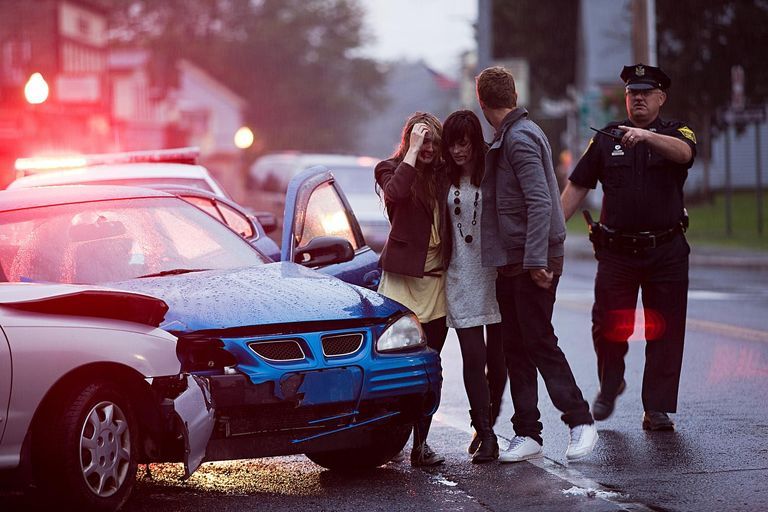

Phone: 812-482-5533
Fax: (812) 379-8999
Address: 608 Main St Suite D Jasper, IN 47546
Business Hours:
- Mon - Fri
- -
- Sat - Sun
- Appointment Only
